Every state, every city, and every small town has a past or a history in which a potential home buyer may perhaps be in love with enough that they are considering moving there. Why not capture that history in the design of your next investment? Designing a beach-themed home at the beach or a mountain-themed cabin in the mountains is nothing new. But taking the history of an area and capturing it into the design of your next property can help you sell to your buyer the very thing they love about the area!
Most of my investments have been throughout Historic Gold Country California, including Sacramento and many small goldmining towns. What I have noticed over the years of investing in these areas is that no matter if it’s the city or one of the small country towns in the area, people are looking to buy because they have fallen in love with the area and the history here! Therefore, I have made it part of every home I renovate to incorporate the history of the area into my designs.
This Historic-Modern design can be as simple or as complex as you want it to be. Every area of the world has its own unique look because of the people who first settled there. For instance, in Gold Country, because of the massive migration that took place during the gold rush, people from all over the world moved here bringing with them many different designs from their homelands. This combination of designs created an almost eclectic look in the design of the buildings and interiors.
You can see this depicted in materials used that are native to each area. In Gold Country, we see a lot of redwood, river rock and greenstone used, which came from the nearby Sierra Foothills. Brickwork can be seen as well because of all the masons that settled here. Also, one of the first businesses built in the area was a foundry for casting metal equipment for the gold mines. It gave the people who settled here access to metal, which they were able to use to build shutters and roofing to help protect the buildings of these first towns from all-too-often forest fires that would sweep through the foothills.
To achieve historic-modern design, you also need to consider the timeframe that the area was settled. In this case, the gold rush of 1849. The timeframe of mid-to-late 1800s helps give me a guideline when selecting hardware, faucets, and lighting. I have even gone as far as staging the home using antiques to create a feeling of stepping back in time for buyers to experience. The selection of plants used for landscaping or staging can set the tone for a period in history when designing a home as well. Using the right color and sheen of paint can also help to create the feel of a historic time period.
So where does the Modern side come in? Well, creating a Historic-Modern design look is like a delicate dance between the past and present! The way I approach this is to either go with all my fixtures having a more sleek, modern look then take the staging of the home to a more period/historic feel. Or, the other way around and have all fixtures depict a period in time while staging it with a more modern design. However, no matter which one of those paths I choose, I always include materials native to the area within the renovation of the home.
It may take a little more thought to create a Historic-Modern design, but that creative element is a fun challenge! Plus, creating a design in which the past and the present work together in such a unique and colorful way might be the style that helps your house stand out from all the rest on the market! Of course, we want our investment properties to feel new, not old. But balancing the two and creating a sense of nostalgia to the design of a home opens the door for buyers to better connect and fall more in love not just with a house they are looking to purchase but also with the city or town they are about to invest in and call HOME!


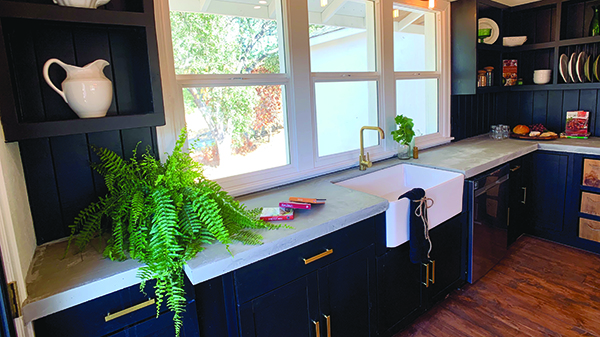
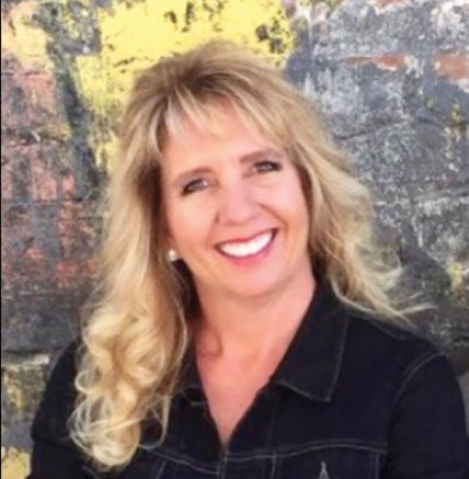

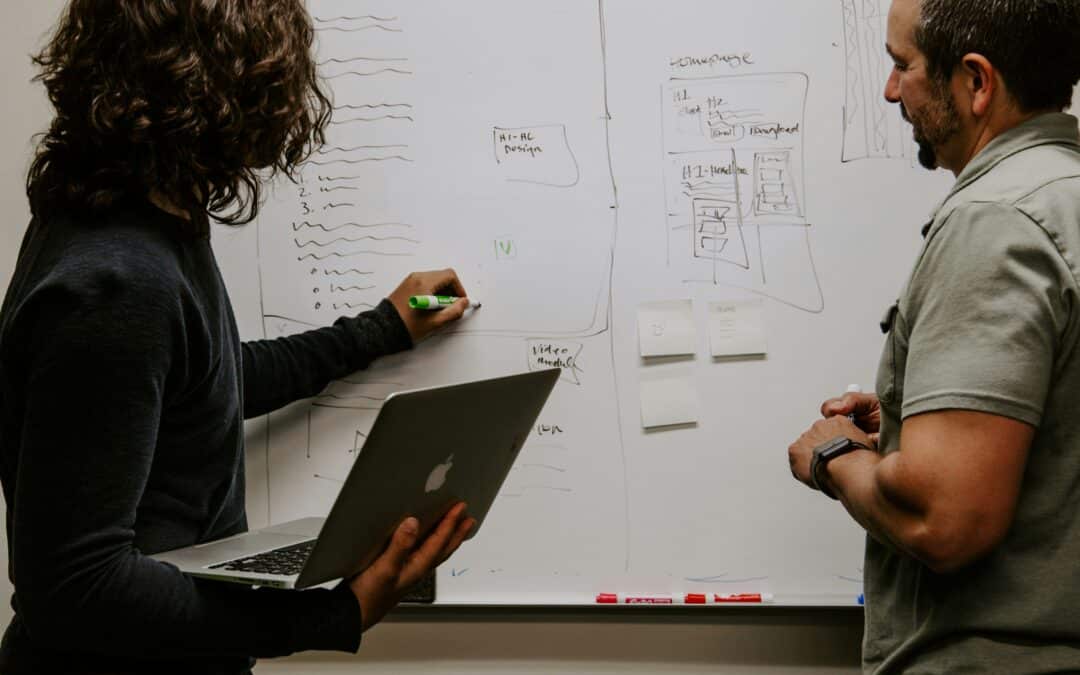
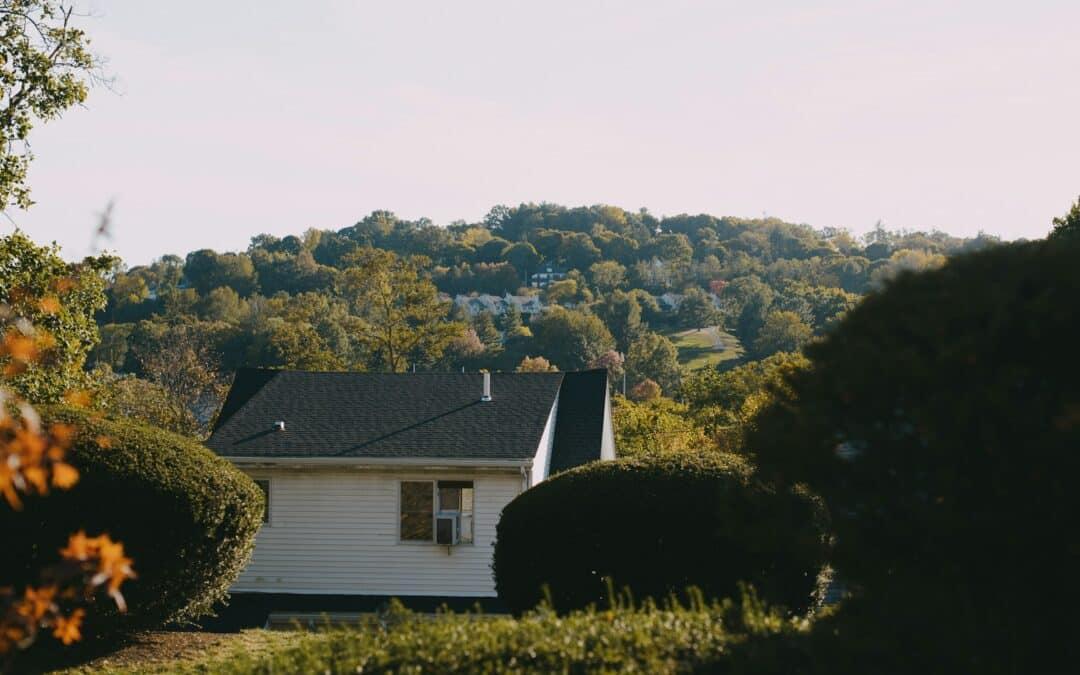
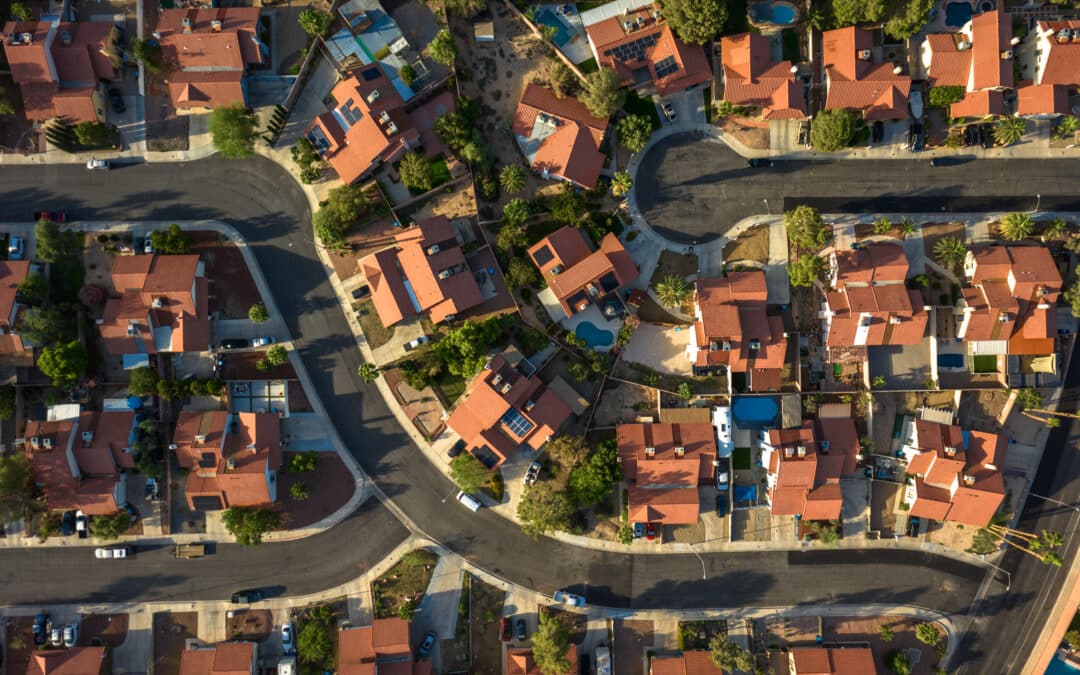



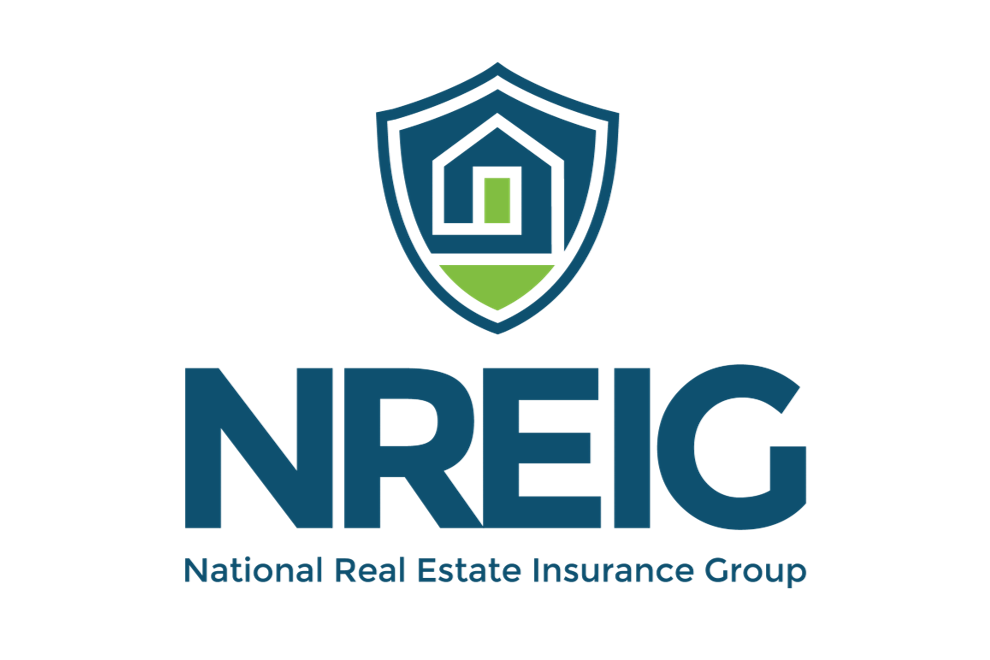




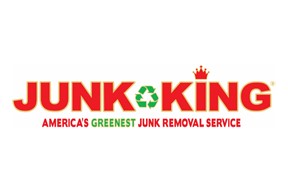


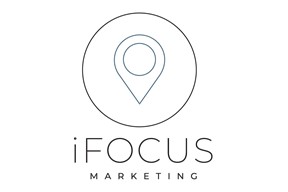
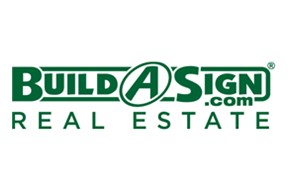


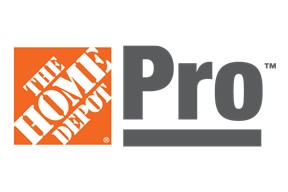

0 Comments